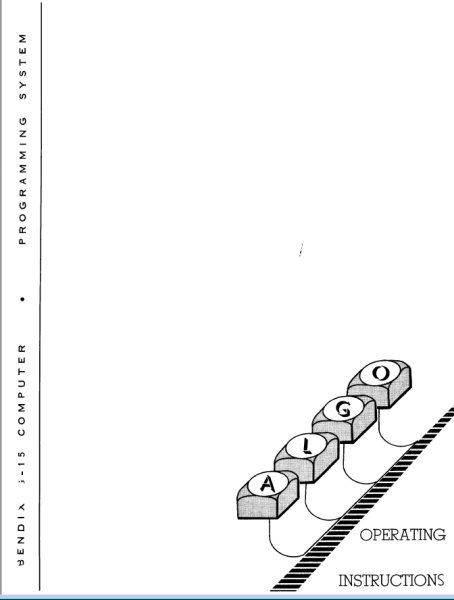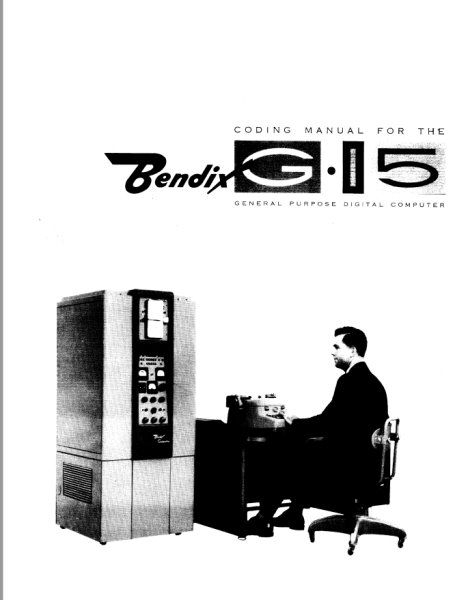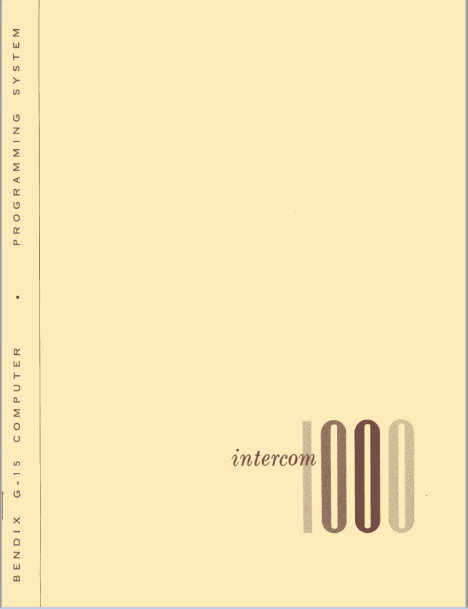The first dectape I bought, in fall 1967 IIRC, was for the PDP-8 in HH53, however, when the dectape drives were installed on it that fall, us undergraduate students were told to keep our hands off of the machine. So I eventually used this tape on the Hybrid Lab PDP-9. This tape came in a cardboard box and was labeled "Micro Tape", the dectape name had yet to be assigned. I still have a printed listing of the directory of this tape :-) As I recall it cost me about $15 in the CIT bookstore. A couple years later when the PDP-10 was installed, I bought a few more dectapes for it. Now they came in round blue plastic boxes and the name "dectape" was applied to them. Looking at one of these plastic covers, there are check boxes for two possible formats, 2702(base 8) blocks of 201(base 8)12 bit words per block for PDP-5/8's and 1102(base 8) 400(base 8) 18 bit words per block for PDP-1/4/6/7/9/10/15's. (However, being cheap, I bought them untested and unformatted :-) This was before the PDP-11 came to be which had yet a third format due to it being 16 bits, but I never used a dectape on a PDP-11. But you could format a dectape on the PDP-9 and use it on the 10. These were the only two machines on which I ever used dectapes. When I went out into the "real world", for the first 10 years or so I was using Data General minis so by the time I started using PDP-11's dectapes were long replaced by floppy disks. The dectape was essentially the floppy before floppies were developed but only Digital ever used them to my knowledge. However, I believe they were developed at Lincoln Labs and originally called "Linc Tape". DEC acquired the idea when they built the "Linc 8" which was some kind of extension to the PDP-8. At least so I recall...
Regards,
Chris
The first PDP-8 I used was located in the room adjacent to the G21 at CMU. This particular one only had a paper tape and a tty at the time, and I found it so frustrating to load everything by PT and have it crash five seconds later.
Well nightmares to me, I entered a lab in my first year at Pitt with a DEC LINC-8. Basically, this was a PDP-8 with an A-to-D convertor and some added instructions to handle the analog stuff. It was an awful computer, had lots of timing problems (remember that the PDP8 was an asynchonous logic design without a central clock), and everytime the unit heated up, it crashed. If I remember right, the DECtapes were on the PDP side of the computer (there wasn't much intelligence on the LINC side). I did see some pictures of the original LINC which was even more primitive. DEC basically viewed the LINC-8 as an opportunity to enter the real time lab business and modified the PDP8 to act like a LINC. About 3-4 years later, I worked on the PDP12, the successor to the LINC-8 which was stable and a workhorse.
Dave
Are you sure about a PDP-8 near the G-20's? What time frame was this? To my knowledge, the first PDP-8 on campus was the one in HH53. Remember HH53 was Gordon Bell's anteoffice and he was supposedly the principal developer of the 8, so this makes sense. This was also the room in which the G-15 was located. Are you sure you aren't thinking of the G-15 in this case. (I have 8x10 B&W prints of myself of photos, taken by Pat Stakem, sitting at the consoles of both the G-15 and the PDP-8 in HH53 in fall 66 :-) At least beginning in fall 1966 there was no PDP-8 in Scaife and none appeared until that aborted attempt to use one as an RJE front end to the 1108 was started and I don't think that happened until about 1969 or late 68. Maybe Bell's 8 was in Scaife before fall 66 but certainly not for long as they weren't first delivered until well into 1965. That PDP-8 which did appear in Scaife in 69 was located in the northeast corner of Scaife behind the 1108 tape drives, about as far as one could get on the fourth floor from the G-20's (but the G-20's were gone by that time and the CS PDP-10 was where they once stood). When I first arrived in fall 66 the PDP-8 in HH53 only had the ASR33 for paper tape I/O but some time that fall a high speed paper tape reader and punch unit was acquired for it. The next fall, 67, the dectapes were added and so was a single platter disk drive. That system became a graduate student project and thus us undergrads were refused access. By this time too, the G-15 had started to fail regularly and I don't believe I tried to use it more that once that fall and that would have been the last time I used it.
But of course, my brain cells have been atrophying for a number of years and all the above may be false memories, or nightmares, as the case may be...
Regards,
Chris
AN GETTO$;DUMP;RUN,ALGOL,TAPE
$$
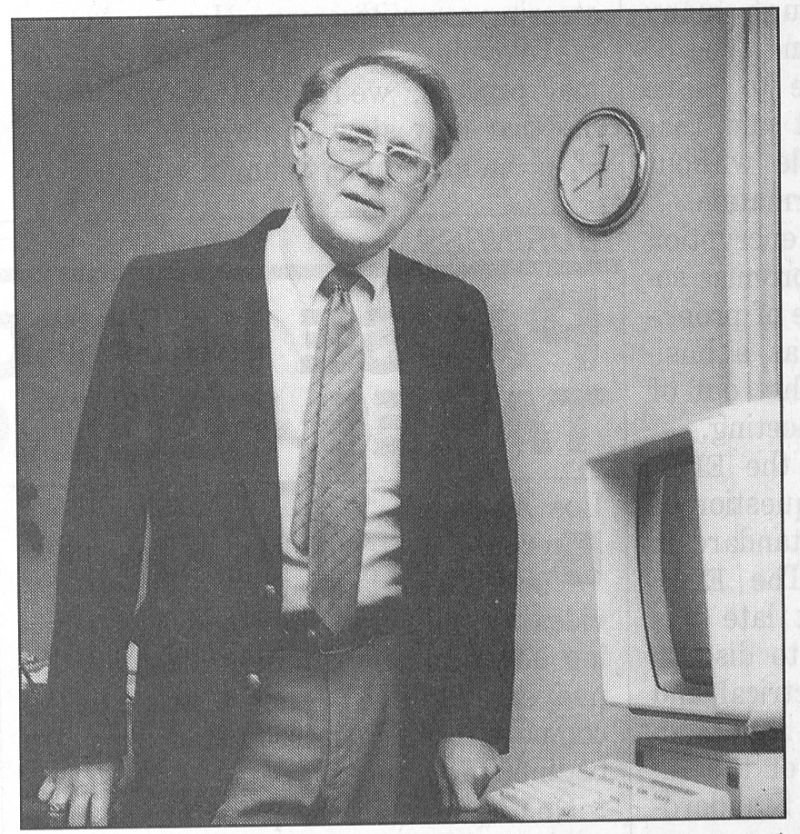
Gordon Bell
Well, Attached are three photos, one of me in front of G-15 in HH53 and one of me in front of PDP-8 in HH53. Both of these were taken by Pat in the fall of 1966. Enjoy! More photos will be coming eventually but probably slowly. I'm going to be in Birmingham, AL a lot this spring and may not have time to put much together. I'm also going to likely be in Cumberland, MD a week in February. I've already told Pat. CSX hump yards in both places.

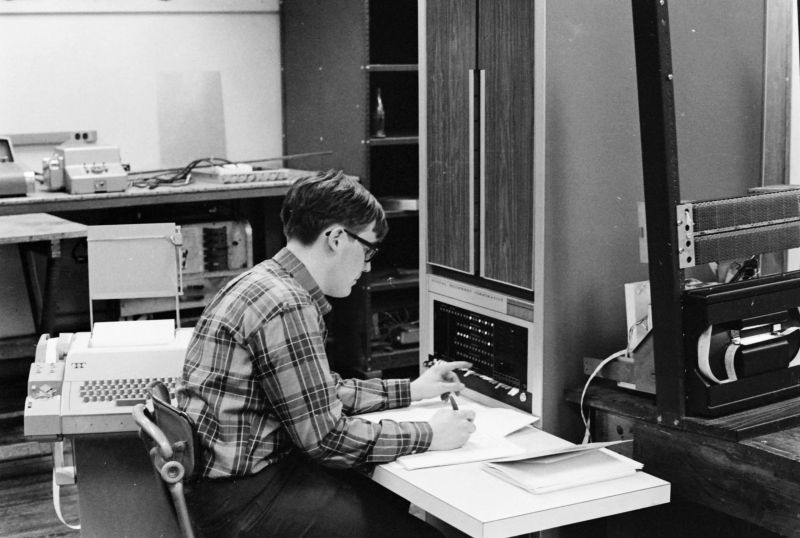
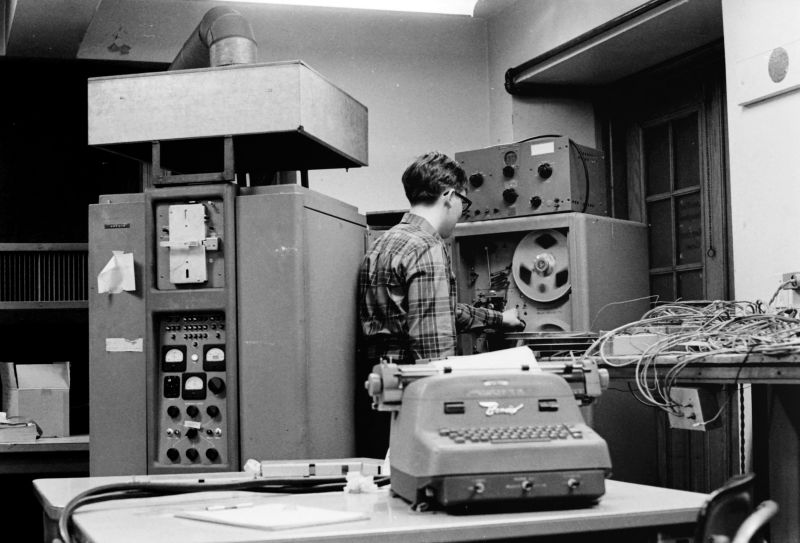

dc
I tend to agree with you. The first PDP-8 showed up in the G-15 room when Bell arrived. 1967 as I remember.
Roy
From: "J. Chris Hausler" <jchausler
 earthlink.net>
earthlink.net>Subject: Re: (Fwd) Athena - Jim Pollock
Hi Mark (and Jim!),
Here's a photo of a B250 flop (this one hung from the rear view mirror of my car for most of the 70's) and a G-15 flop. I was holding off on sending you this photo as I was going to add a PDP-8 R202 dual flop and a DDP-516 (ARPANET IMP) card and maybe others as well. But I haven't gotten around to it yet. So here's what I have. Hopefully Jim can correct or update some of our fuzzy memories on all the hardware changes he made to the Athena.
73,
Chris Hausler

 From: <cstrathmeyer
From: <cstrathmeyer
